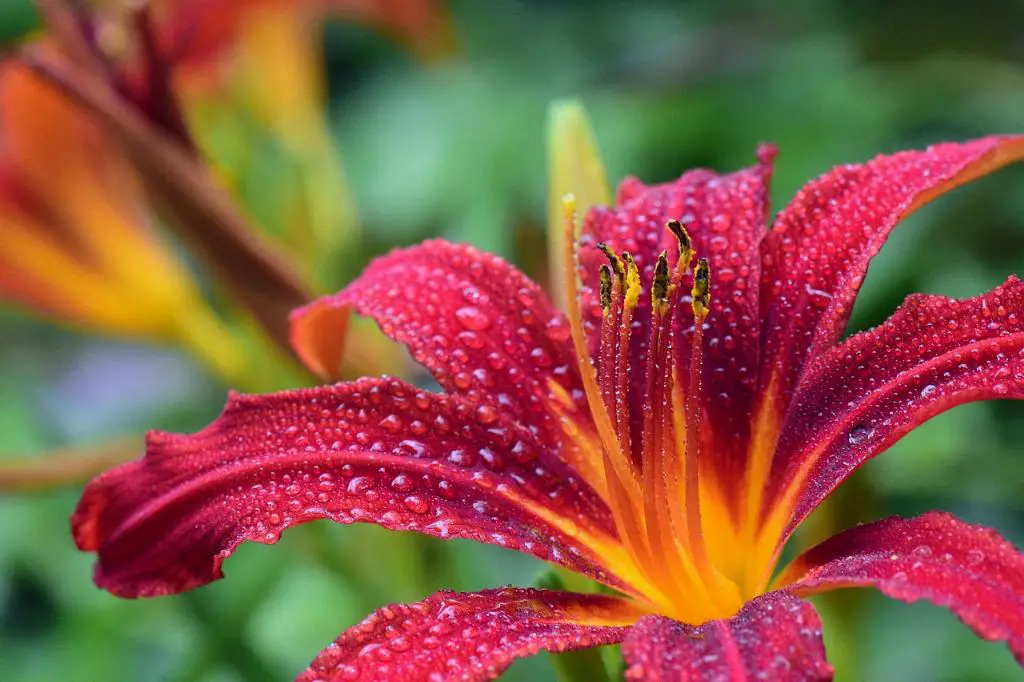Deadheading daylilies is an important task to ensure that your plants continue to bloom beautifully throughout the season. Here’s a detailed guide on how to deadhead your daylilies effectively.
Timing is Key
When deadheading daylilies, timing is crucial. You’ll want to wait until the blooms have withered and faded completely. This is usually after all the buds on the stem have flowered and you’re left with just the stalk.
Identifying the Stem
Once the blooms have finished flowering, you’ll need to locate the stem of the daylily. This is the part that held the flowers and is now barren. It’s important to distinguish the stem from the healthy foliage of the plant.
Trimming the Stem
To deadhead the daylilies, you’ll need to trim the stem. Using a clean pair of scissors or pruners, cut off the stem as close to the base as possible. Make sure to leave the healthy foliage untouched.
Removing the Spent Flowers
After cutting the stem, you’ll be left with the spent flowers at the top. These are the wilted blooms that have already flowered. Remove these spent flowers by pinching or cutting them off.
Encouraging New Growth
By deadheading the daylilies, you’re not only improving the appearance of the plant but also encouraging new growth and further blooming. This process redirects the plant’s energy into producing more flowers.
Regular Deadheading
It’s advisable to deadhead your daylilies regularly throughout the blooming season. This will help in prolonging the flowering period and keeping the plant looking neat and tidy.
Ensuring Clean Cuts
When deadheading, always ensure you make clean cuts to prevent any damage or infection to the plant. Dirty or jagged cuts can make the plant vulnerable to diseases and pests.
Maintaining Hygiene
For each daylily plant, use a clean pair of scissors or pruners to avoid the spread of diseases between plants. It’s good practice to sterilize your tools before and after deadheading.
Patience and Care
Deadheading requires a bit of patience and attention to detail. Take your time to carefully deadhead each daylily plant, ensuring you don’t cause any harm to the healthy parts of the plant.
Enjoy the Results
Once you’ve deadheaded your daylilies, sit back and enjoy the results. With regular deadheading, you’ll witness a continuous display of vibrant blooms that will brighten up your garden.
Final Thoughts
Deadheading daylilies may seem like a simple task, but it plays a significant role in maintaining the health and beauty of your plants. By following these steps and tips, you can ensure that your daylilies thrive and flourish all season long.

